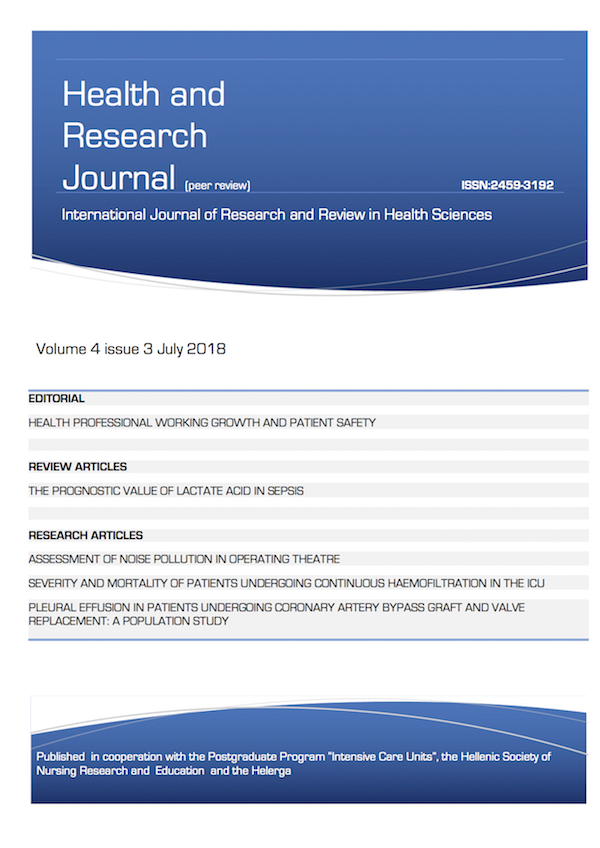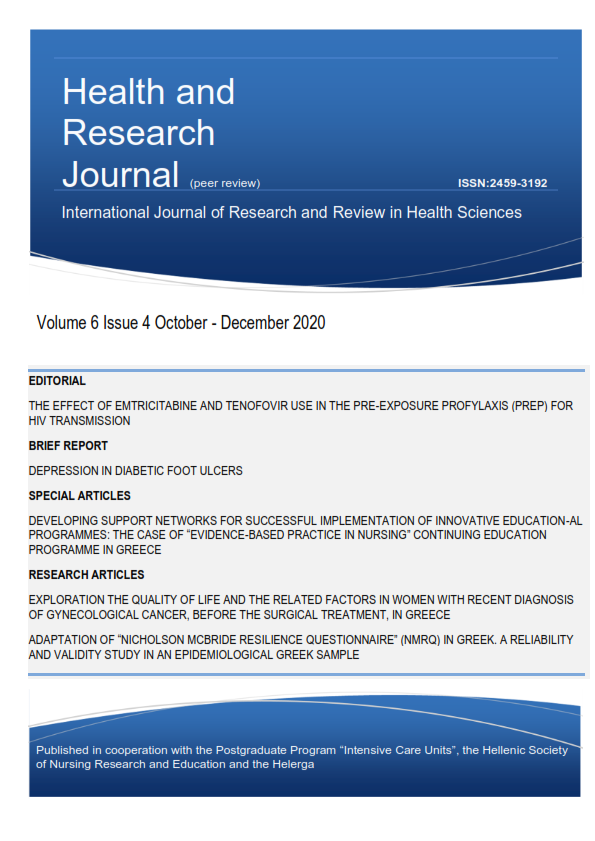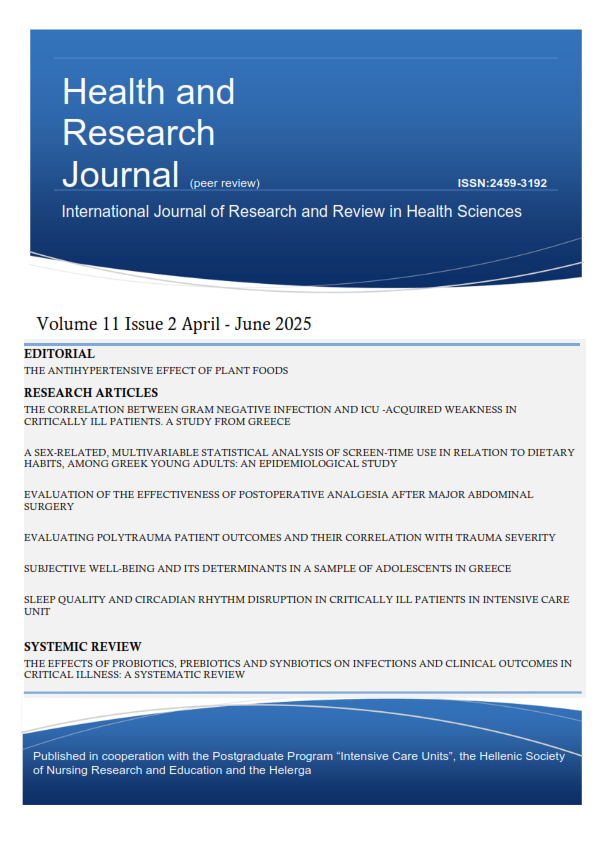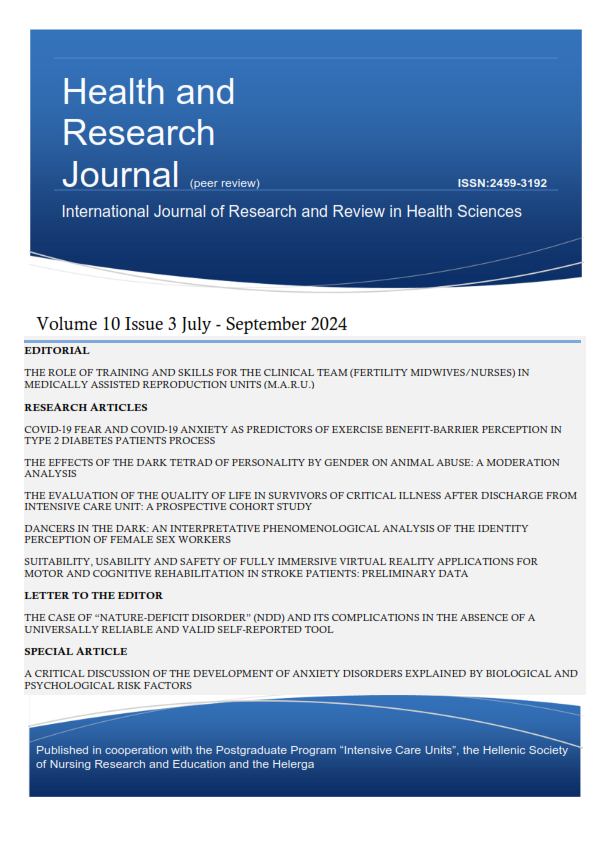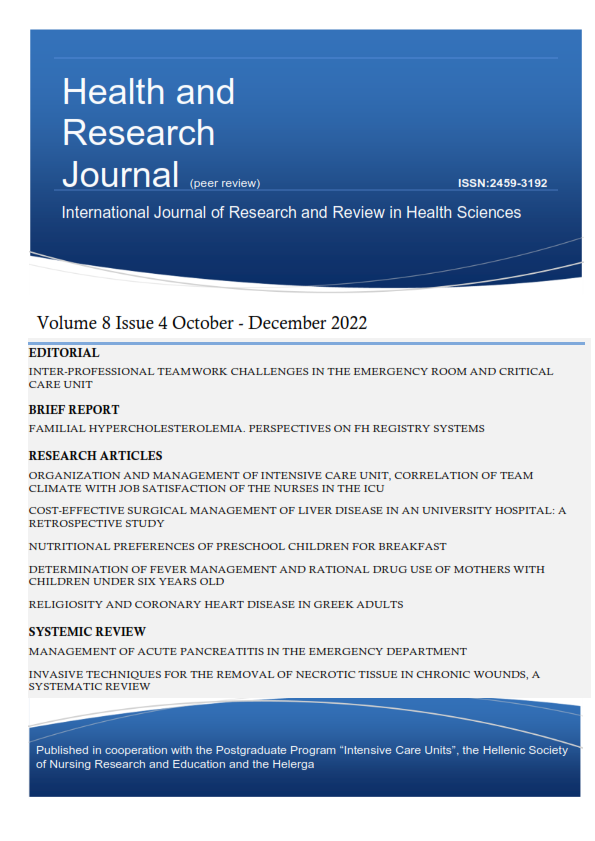Evaluation of the effectiveness of combination ultrasound treatment and basic care in the healing of pressure ulcers: A Systematic Review
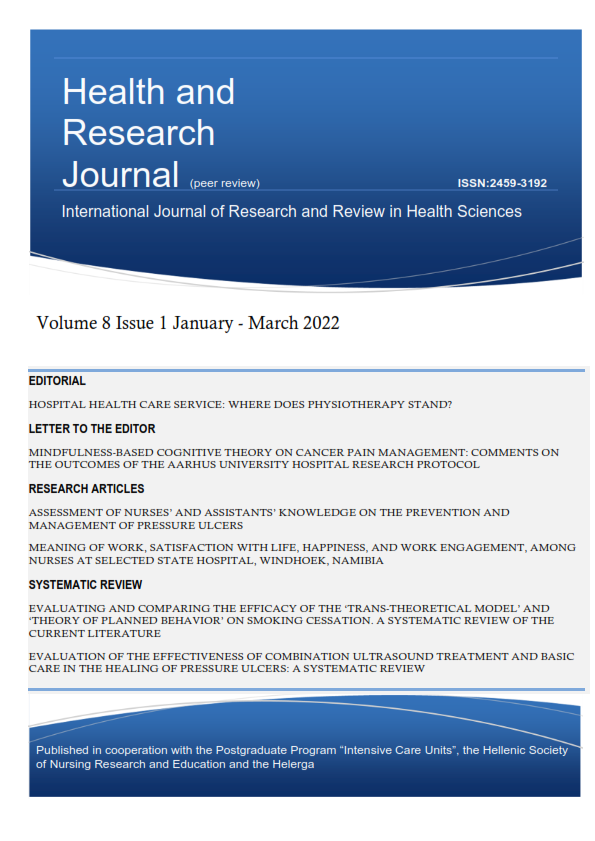
Abstract
Introduction: When the pressure ulcer does not respond to established standard care, then international guidelines recommend the use of alternative forms of therapy such as electrical stimulation, negative pressure wound treatment, ultraviolet radiation, electromagnetic field therapy or ultrasound. Low and high frequency ultrasound is used to treat various types of chronic ulcers including venous, diabetic and pressure ulcers.
Aim: The aim of the present systematic review was to investigate the effectiveness of ultrasound in promoting the healing of pressure ulcers.
Method and Material: A systematic review was carried out in the electronic databases PubMed and Cochrane Library. Inclusion criteria were primary and secondary studies, whose sample were patients with pressure ulcers, regardless of age, published in English language of the last decade (2008-2018).
Results: The review revealed 5 articles that met the inclusion criteria. The results of these studies showed an advantage in the use of ultrasound for the treatment of pressure ulcers in relation to the standard wound care only.
Conclusions: The use of ultrasound seems to be a process which improves and accelerates the healing of pressure ulcers. The method of low and high frequency ultrasound in the treatment of chronic wounds, presents many advantages. It appears to be easy to use, painless, less stressful and better accepted by patients.
Article Details
- How to Cite
-
Sotnikova, C., Bibou, P., Fasoi, G., Toylia, G., & Kelesi, M. (2022). Evaluation of the effectiveness of combination ultrasound treatment and basic care in the healing of pressure ulcers: A Systematic Review. Health & Research Journal, 8(1), 50–61. https://doi.org/10.12681/healthresj.29190
- Section
- Systemic Reviews
Copyright notice:
The journal "Health and Research Journal" reserves the rights for copyright of the content of the website and also the copyright of the articles published.
By virtue of their appearance in this journal, the articles are free to be used for non-commercial purposes. However, the articles cannot and must not be used in anyway, published elsewhere or modified without any reference to the author and the first publication of the article.



